In the ever-evolving world of visual communication, the demand for innovative and eye-catching solutions is more critical than ever. Enter translucent graphic substrates, a revolutionary material that is reshaping the way we think about signage, displays, and branding. These innovative substrates offer a unique combination of transparency, flexibility, and durability, making them a game-changer for designers and marketers alike.
What Are Translucent Graphic Substrates?
Translucent graphic substrates are materials designed to allow light to pass through while maintaining the visibility of graphics or text printed on them. Unlike traditional opaque substrates, these materials create a sense of depth and dimension, enhancing the visual appeal of any surface. Common examples include backlit films, window films, and frosted vinyls, all of which are gaining popularity for their versatility and aesthetic impact.
The Advantages of Translucent Graphic Substrates
1. Enhanced Visual Appeal
One of the most significant advantages of translucent graphic substrates is their ability to transform ordinary signage into captivating visual experiences. By leveraging backlighting or natural light, these materials create a halo effect that draws attention and elevates the overall design. This is particularly effective for branding in retail environments, where first impressions matter.
2. Versatility Across Applications
Translucent graphic substrates are incredibly versatile and can be used in a wide range of applications. They are ideal for:
- Retail stores: Creating stunning window displays that catch the eye of passersby.
- Office spaces: Adding a modern touch to glass partitions and conference rooms.
- Event venues: Enhancing branding and signage with a sleek, professional look.
- Public spaces: Providing informative and visually appealing signage that integrates seamlessly with its surroundings.
3. Durability and Longevity
Despite their delicate appearance, translucent graphic substrates are built to withstand the rigors of daily use. Many options are weather-resistant, making them suitable for outdoor applications. Additionally, advancements in material science have resulted in substrates that are both scratch-resistant and fade-resistant, ensuring long-lasting performance.
4. Eco-Friendliness
As sustainability becomes a priority for businesses and consumers, translucent graphic substrates offer a green alternative to traditional materials. Many are made from recyclable or biodegradable materials, reducing the environmental impact of signage. This not only helps companies meet their sustainability goals but also appeals to environmentally conscious consumers.
A Glimpse Into the Future
As technology continues to advance, the potential for translucent graphic substrates is limitless. Innovations such as smart films that change transparency based on electrical signals and interactive substrates that respond to touch are just around the corner. These advancements will further blur the line between art and technology, creating immersive experiences that captivate audiences.
Moreover, the integration of LED lighting and digital displays with translucent substrates is opening up new possibilities for dynamic and adaptable signage. Imagine a retail store with signage that changes colors and patterns throughout the day, or a corporate office with a glass wall that doubles as a digital canvas. The future of visual communication is bright—literally and figuratively.
Conclusion
Translucent graphic substrates are more than just a trend; they are a transformational force in the world of visual communication. By offering unparalleled versatility, durability, and aesthetic appeal, these materials are setting new standards for signage and branding. As businesses strive to make a lasting impression, translucent graphic substrates will undoubtedly play a central role in shaping the future of visual design. With their ability to blend light and design seamlessly, they are truly unveiling the future of visual communication.
